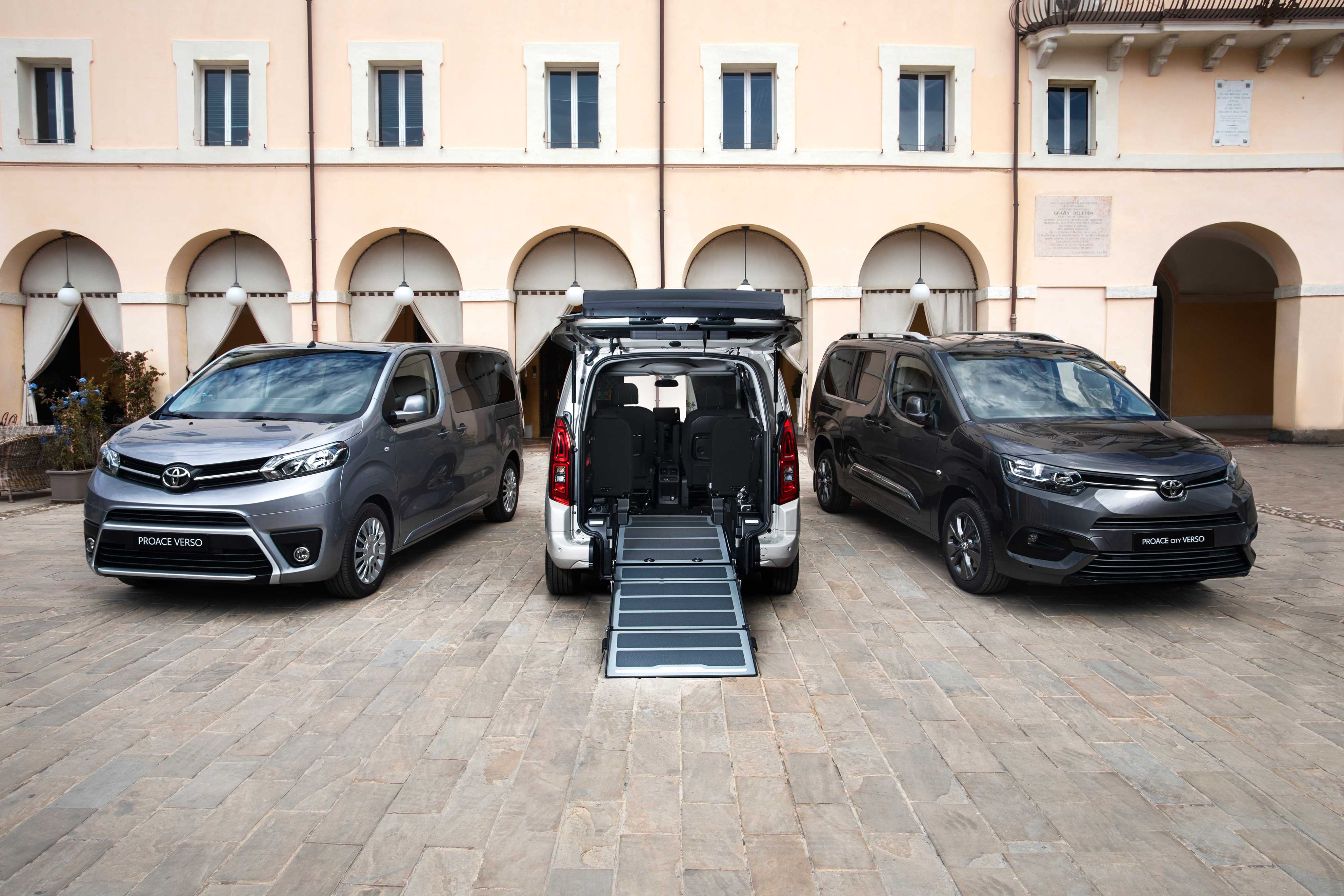The VW T6.1 is a popular vehicle among many wheelchair users, partly due to its size and numerous variable conversion options. However, the standard programming of the vehicle software repeatedly leads to a problem: if the driver's door is not opened for too long (because the user enters via the passenger or side door), the system detects an error, reports it, and switches off some assistance systems.
